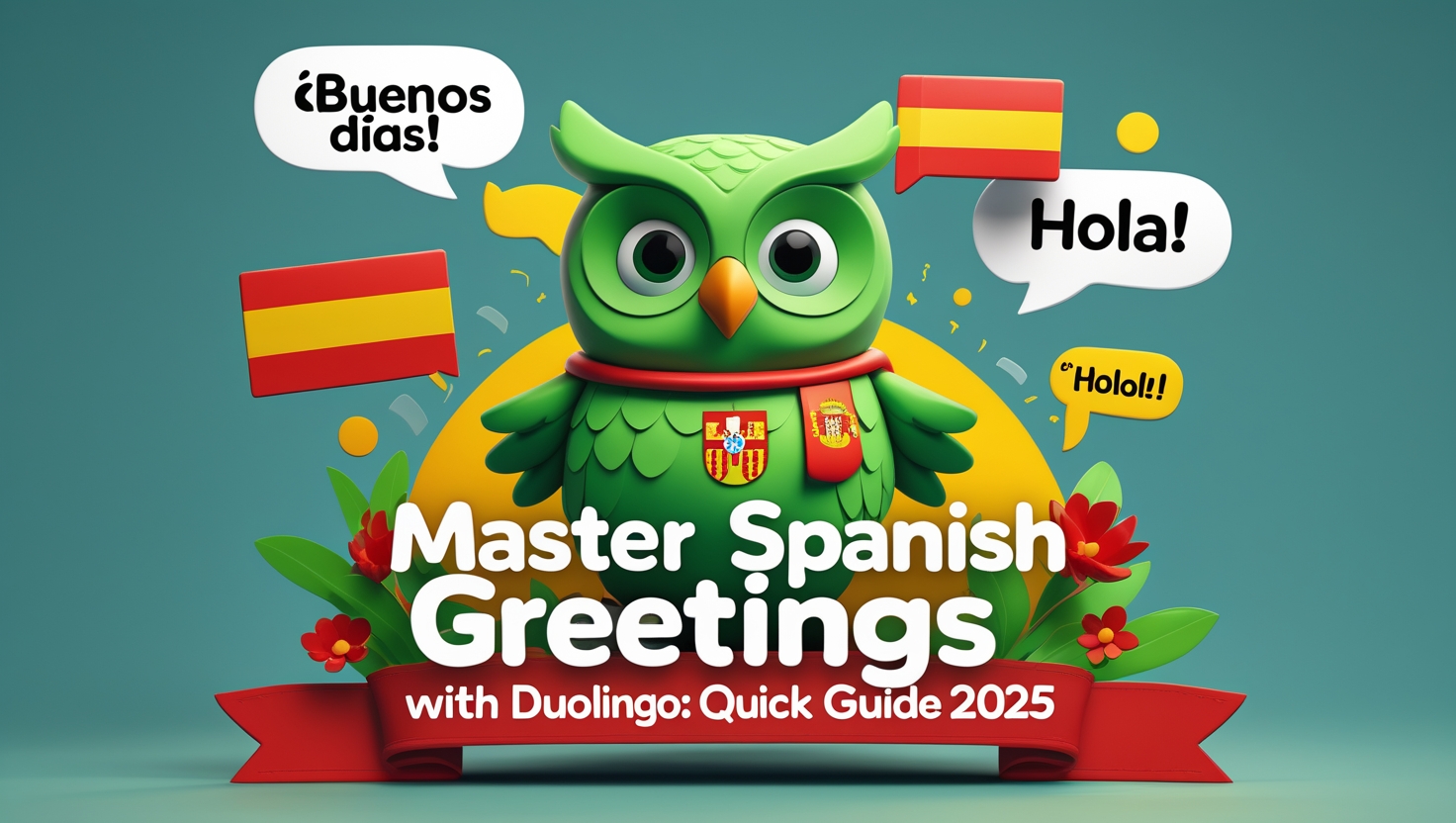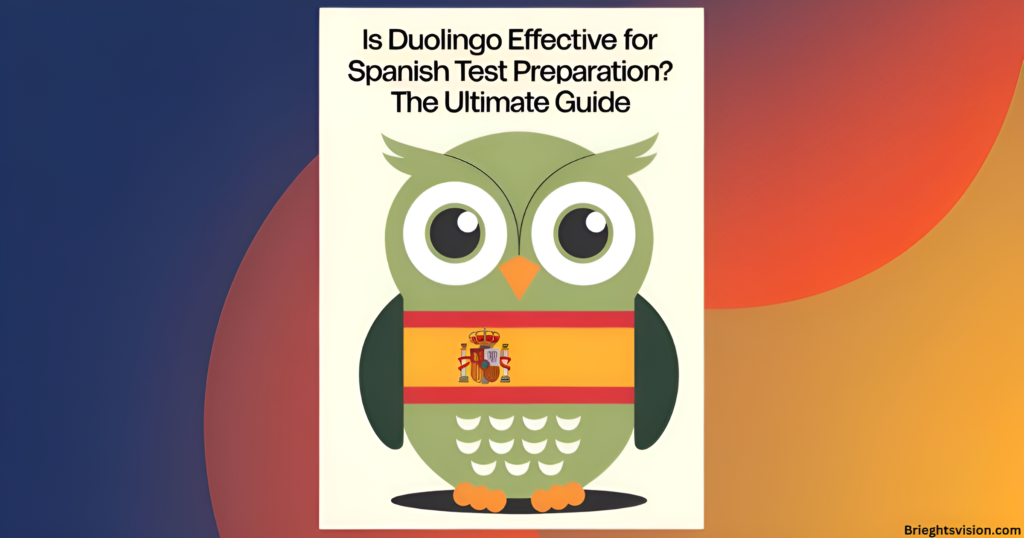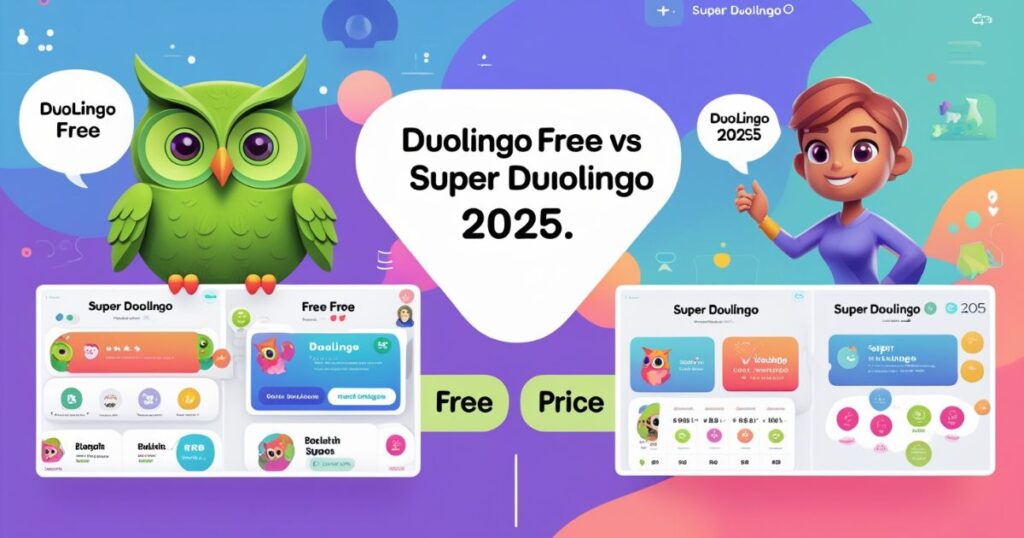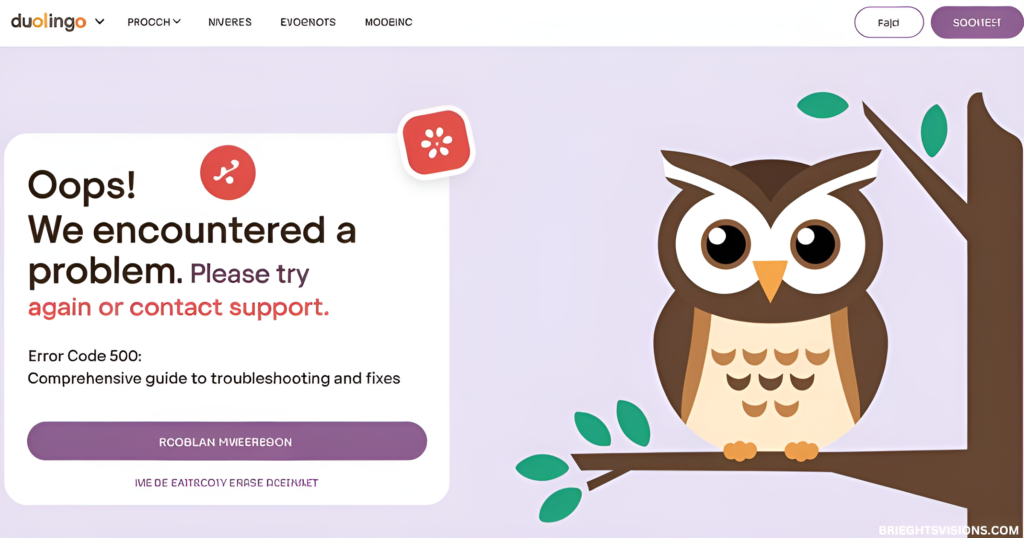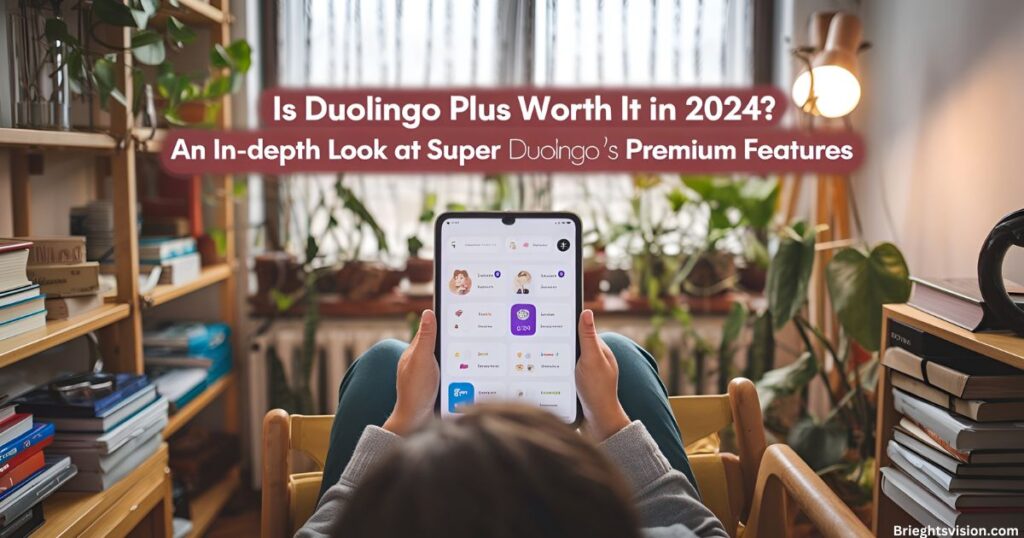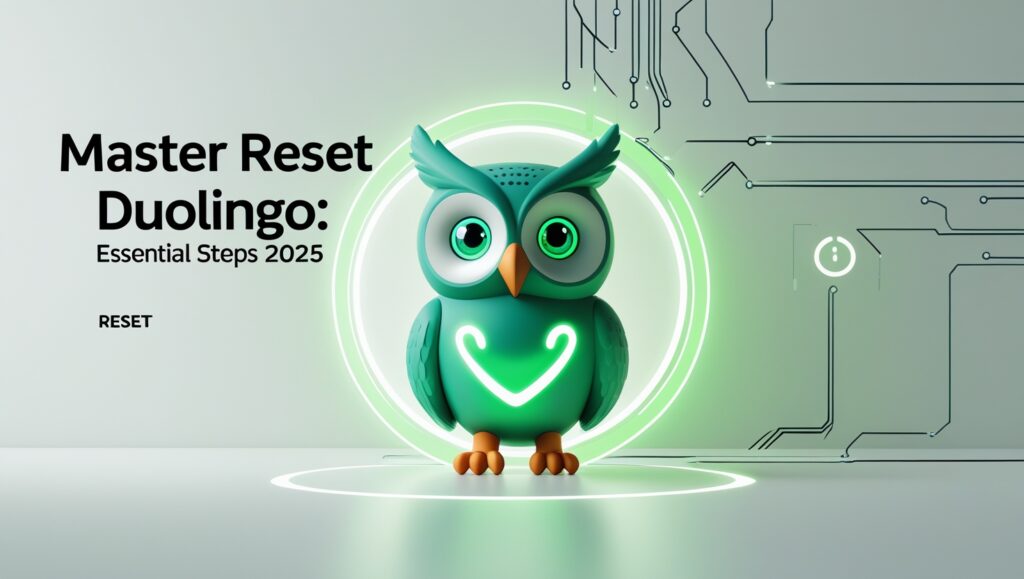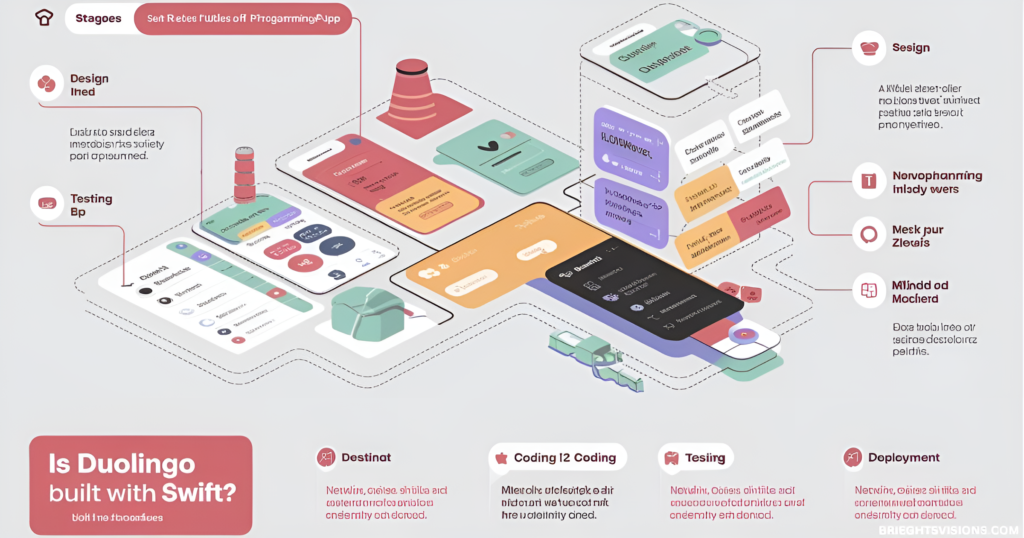Learning how to say “How are you” in Spanish is one of the first steps toward meaningful conversations in any Spanish-speaking environment. With over 500 million Spanish speakers worldwide, mastering these essential greetings can open doors to rich cultural experiences and connections.
Understanding Spanish Greetings Basics
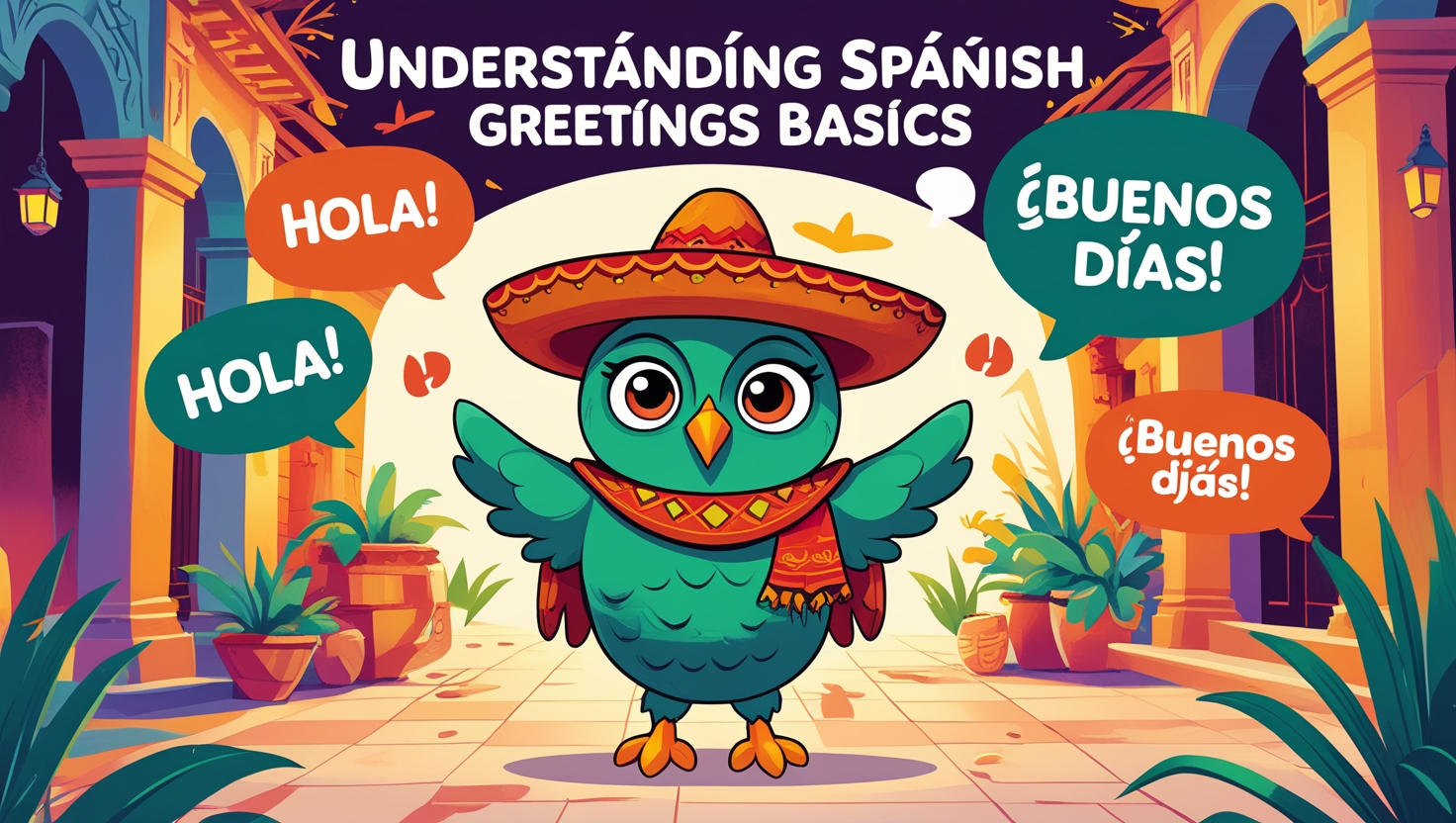
The journey of learning Spanish starts with mastering basic greetings. Duolingo’s Spanish course makes this process engaging and systematic. The platform’s approach to teaching Spanish language basics focuses on practical, everyday expressions that learners can immediately put to use.
Let’s explore the most common ways to ask “How are you?” in Spanish:
- “¿Cómo estás?” – Informal, used with friends and family
- “¿Cómo está usted?” – Formal, used with elders or in professional settings
- “¿Qué tal?” – Casual, similar to “What’s up?”
The Duolingo Spanish vocabulary systematically introduces these phrases through interactive lessons that build upon each other.
Time-of-Day Greetings Explained
Understanding Spanish time-of-day greetings is crucial for natural conversation. Here’s a comprehensive breakdown:
| Time of Day | Spanish Greeting | English Meaning | Usage Time |
| Morning | Buenos días | Good morning | Until noon |
| Afternoon | Buenas tardes | Good afternoon | Noon to sunset |
| Evening/Night | Buenas noches | Good evening/night | After sunset |
These greetings are typically combined with “¿Cómo estás?” to form complete conversation starters. For example: “Buenos días, ¿cómo estás?” (Good morning, how are you?)
Mastering Common Phrases Through Duolingo
The language learning app employs a unique approach to teaching conversational Spanish. Through its gamified learning system, users earn virtual coins and Duolingo lingots while practicing essential phrases:
“Duolingo’s interactive approach has revolutionized language learning, making it accessible and enjoyable for millions of users worldwide.”
Key features of Duolingo’s teaching method include:
- Real-time feedback on pronunciation
- Progressive difficulty levels
- Spaced repetition for better retention
- Interactive Spanish lessons
- Personalized language learning paths
Building Conversation Skills

Beyond basic greetings, Duolingo helps learners develop fuller conversations. Here are some essential follow-up phrases:
- “Muy bien, gracias” (Very well, thank you)
- “De nada” (You’re welcome)
- “Mucho gusto” (Nice to meet you)
- “¿Y tú?” (And you?)
The platform’s Spanish skill tree is designed to gradually introduce more complex phrases while reinforcing basics through regular practice.
Cultural Context and Usage Tips
Understanding the cultural context of Spanish greetings is as important as learning the words themselves. Different regions follow unique physical greetings—some prefer handshakes, while others use kisses on the cheek.
The formality level depends on social settings, and time-of-day greetings are more rigid than in English. Always show respect through language choices when using Spanish Greetings with Duolingo.
More Post: Duolingo for Mac: Your Comprehensive Setup Guide 2025
Practice Strategies for Success
To master Spanish Greetings with Duolingo, consistency is key. Daily practice (at least 15 minutes) boosts retention. Language immersion techniques, such as engaging in Spanish-speaking social settings, accelerate learning. Completing Duolingo’s greeting modules reinforces knowledge. Whenever possible, practice with native speakers to refine pronunciation and fluency.
Additional Resources and Tools
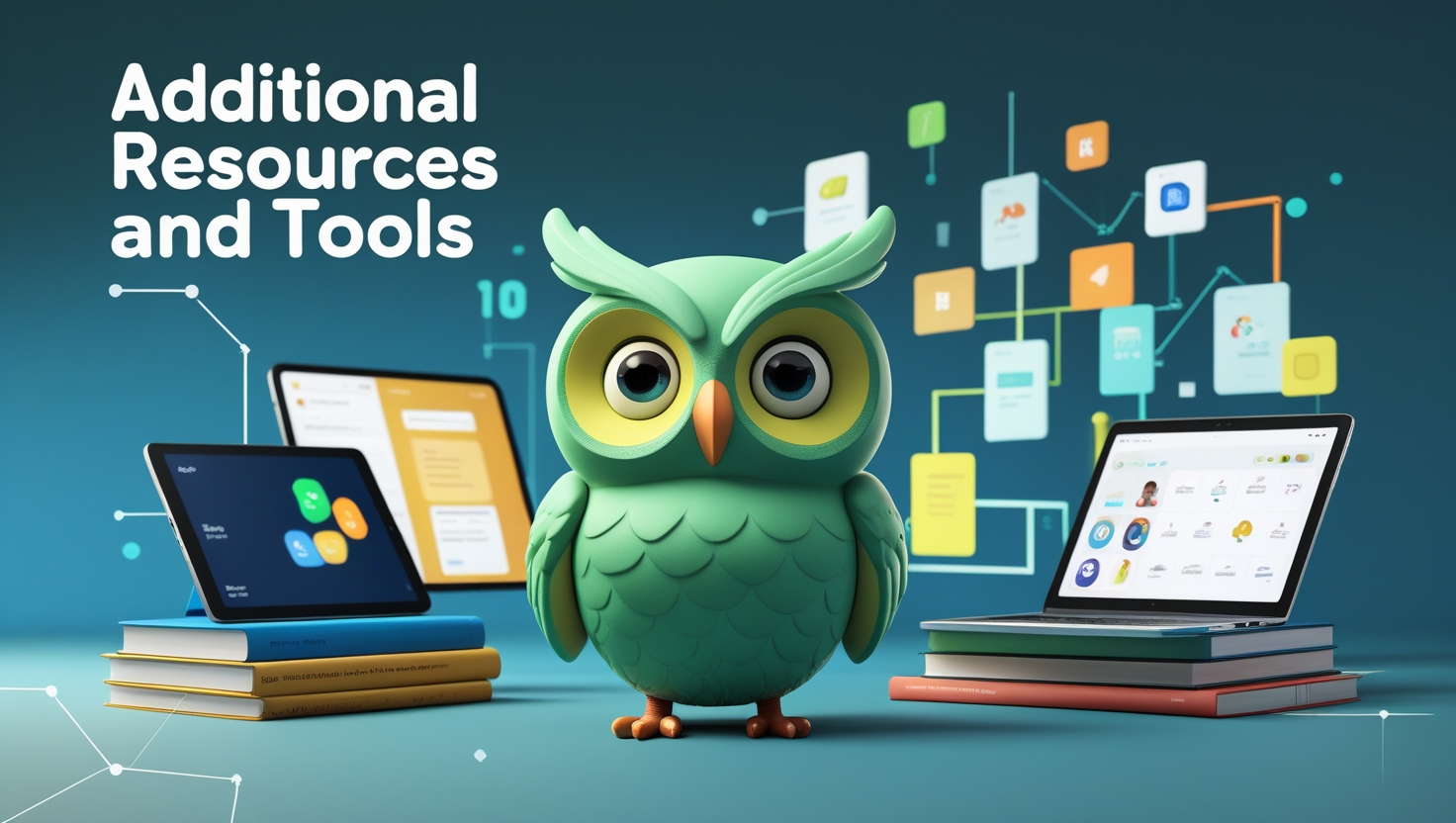
Expanding beyond Duolingo’s core content enhances learning. Access a downloadable Duolingo Spanish vocabulary list PDF for structured study. Use audio pronunciation guides to perfect speech. Engage in community forums for real-world practice. Try interactive speaking exercises and review cultural notes to grasp Spanish Greetings with Duolingo in authentic contexts.
Practical Application Tips
Applying learned phrases effectively builds confidence. Start conversations naturally with “Hola, ¿cómo estás?” Use Duolingo’s audio features to refine pronunciation. Match formality levels to different social contexts. Combine greetings with other useful phrases for smoother interactions. Stay mindful of regional variations to ensure accuracy in Spanish Greetings with Duolingo.
Progress Tracking and Achievement
Staying motivated is easier with Duolingo’s skill points and achievement system. Maintain daily streaks to build consistency. Track level progression and aim for mastery achievements. Join community challenges to test skills against peers. Use performance metrics to identify strengths and areas for improvement in Spanish Greetings with Duolingo.
Moving Beyond Basics
As learners progress, they can expand their skills by:
- Joining Spanish language exchange groups
- Watching Spanish media with subtitles
- Practicing with native speakers
- Using additional learning resources
- Setting specific learning goals
Advanced Conversation Starters
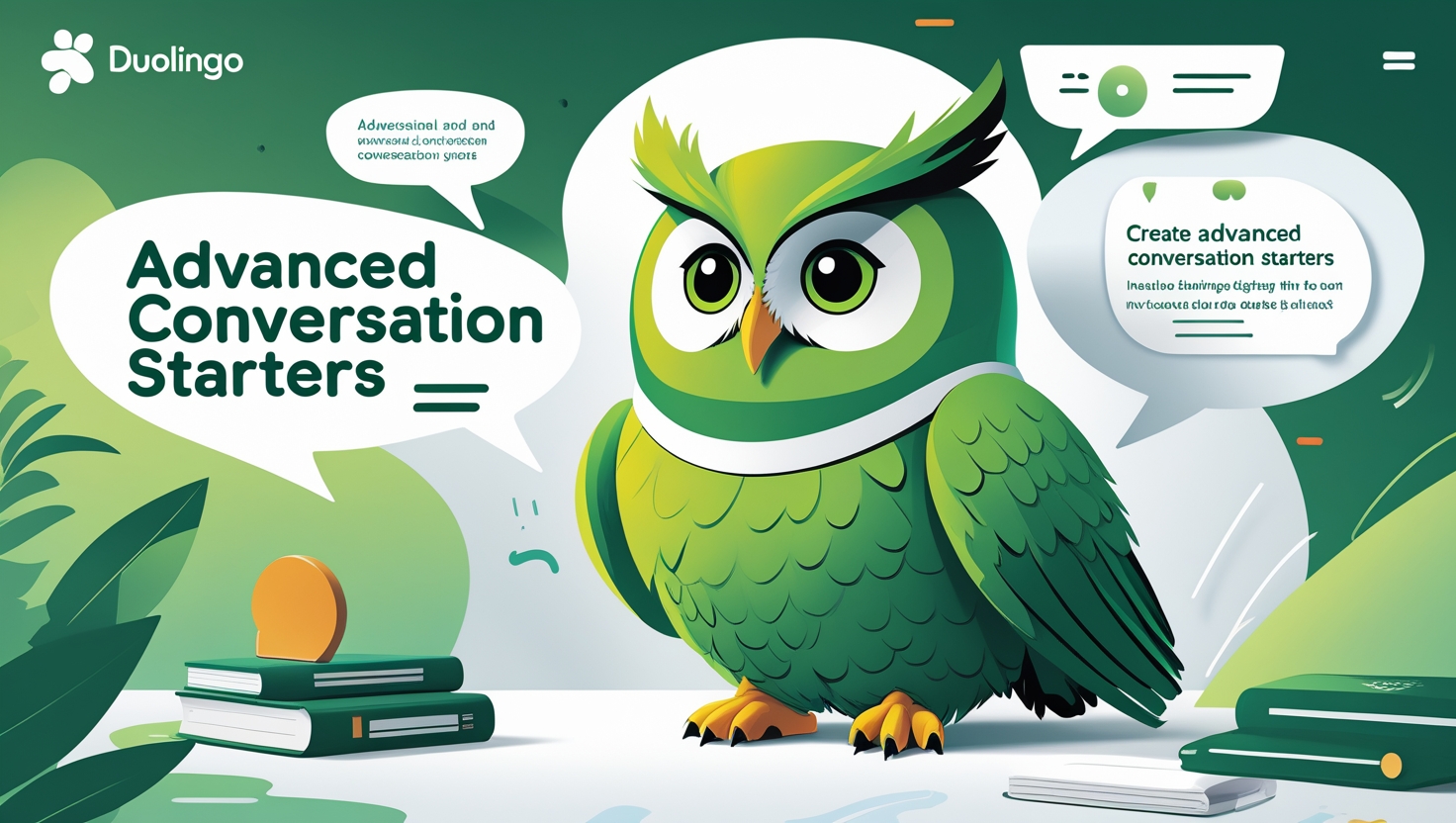
Building on basic greetings, here are more sophisticated ways to start conversations:
- “¿Qué me cuentas?” (What’s new with you?)
- “¿Cómo te va la vida?” (How’s life going?)
- “¿Qué hay de nuevo?” (What’s new?)
These phrases help create more natural, flowing conversations beyond basic greetings.
Regional Variations in Spanish Greetings
Spanish greetings vary significantly across different regions:
| Country/Region | Common Greeting | Meaning |
| Mexico | “¿Qué onda?” | What’s up? |
| Argentina | “¿Qué tal che?” | How’s it going? |
| Spain | “¿Qué pasa?” | What’s happening? |
| Colombia | “¿Qué más?” | What else? |
Special Occasion Greetings
Learning Spanish Greetings with Duolingo helps you express warm wishes during special moments. Whether it’s saying “Feliz cumpleaños” for birthdays or “Felicitaciones” to celebrate achievements, these phrases strengthen your connections. Use “Que te mejores” to offer comfort and “Felices fiestas” to spread holiday cheer. Mastering these expressions enhances your fluency in Spanish social interactions.
Digital Communication in Spanish
In today’s world, digital communication is essential. Learning Spanish Greetings with Duolingo helps you navigate common text abbreviations, proper email greetings and closings, and popular social media expressions. Understanding professional messaging etiquette ensures respectful and effective communication, making online interactions smoother. Improve your Spanish fluency by practicing these essential digital communication phrases daily.
Pronunciation Challenges and Solutions
Pronunciation can be tricky for English speakers learning Spanish Greetings with Duolingo. The rolling ‘R’ sound, silent ‘H’, and complex vowel combinations often pose difficulties. Understanding stress patterns and mastering letter combinations will improve clarity. Consistent practice and listening to native speakers help overcome these challenges, making your Spanish pronunciation sound more natural.
Emergency and Important Phrases
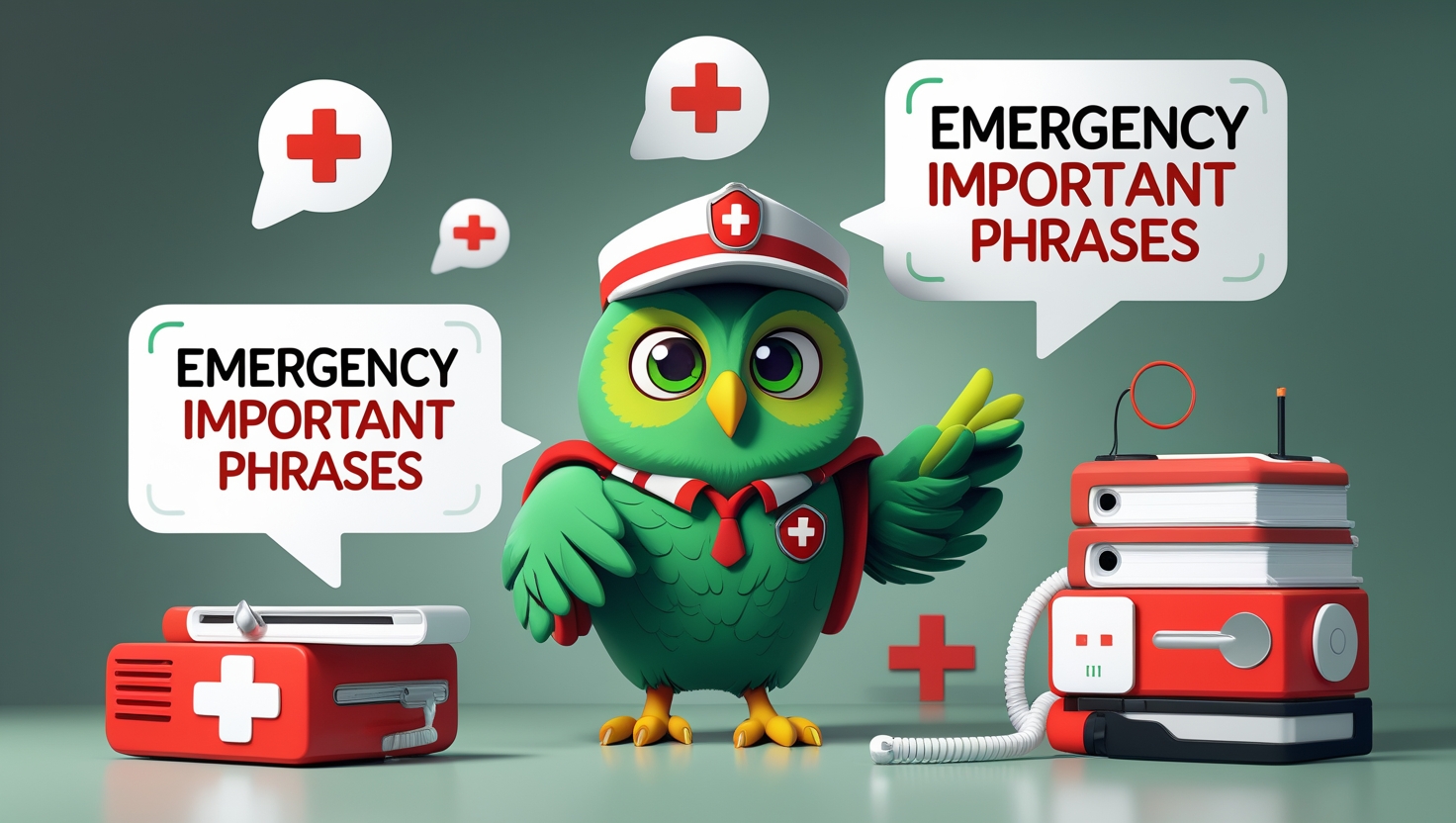
Essential phrases for urgent situations:
- “¿Dónde está…?” (Where is…?)
- “Necesito ayuda” (I need help)
- “No entiendo” (I don’t understand)
- “¿Habla inglés?” (Do you speak English?)
Business Spanish Essentials
Mastering Spanish Greetings with Duolingo is essential for professional success. Understanding meeting greetings, crafting clear email correspondence, handling phone conversations, and making professional introductions enhances workplace communication. Whether networking or conducting business, fluency in these expressions improves confidence and ensures successful interactions in Spanish-speaking professional environments.
Memory Techniques for Spanish Learners
Retaining new phrases is easier with effective techniques in Spanish Greetings with Duolingo. Using mnemonic devices, associating words with visual cues, applying context-based learning, recognizing patterns, and maintaining a regular review system enhance memory retention. These strategies make learning Spanish enjoyable and ensure long-term mastery of greetings and common phrases.
Measuring Progress and Setting Goals
Track your Spanish learning journey:
- Short-term achievement markers
- Long-term fluency goals
- Progress assessment tools
- Milestone celebrations
- Skill evaluation methods
Creating Immersive Learning Environments
To master Spanish Greetings with Duolingo, you must create an immersive learning environment. Surrounding yourself with Spanish in daily life enhances fluency and retention. Exposure to the language in various forms—spoken, written, and digital—reinforces learning. This approach transforms passive studying into active engagement, making language acquisition more effective and enjoyable.
Technology Integration in Learning
In today’s digital era, technology plays a crucial role in mastering a new language. With innovative tools and platforms, learners can enhance their Spanish skills efficiently. Spanish Greetings with Duolingo is an excellent example of how modern technology makes learning interactive, engaging, and effective for beginners and advanced students alike.
Modern Tools for Spanish Practice
Advancements in language learning technology provide diverse resources for mastering Spanish greetings with Duolingo and beyond. These tools offer interactive and immersive experiences, making practice more effective. Learners can engage with AI-driven lessons, track progress, and receive real-time feedback, ensuring a structured and personalized learning journey.
Language Learning Apps
Apps like Duolingo provide gamified lessons, making learning Spanish greetings enjoyable. These apps use spaced repetition, quizzes, and AI-driven exercises to reinforce vocabulary and pronunciation. Spanish Greetings with Duolingo helps users build confidence through bite-sized, engaging activities, ensuring steady progress with daily practice.
Online Tutoring Platforms
Virtual tutoring services connect learners with experienced Spanish instructors for real-time guidance. Platforms like Preply and Italki offer one-on-one lessons, helping students practice Spanish greetings with Duolingo and beyond. These platforms foster personalized learning, ensuring faster progress through direct interaction with native speakers.
Virtual Reality Language Programs
VR programs like Mondly VR provide an immersive language-learning experience. Learners can practice Spanish greetings with Duolingo in realistic, simulated environments. Engaging in real-life conversations within VR enhances fluency, confidence, and retention, making the learning process more dynamic and interactive.
Podcast Resources
Spanish language podcasts like Coffee Break Spanish and Duolingo Spanish Podcast offer on-the-go learning opportunities. They help learners master pronunciation, listening skills, and contextual usage. Spanish Greetings with Duolingo becomes more effective when complemented with podcasts, allowing users to reinforce their learning through real conversations.
Interactive Websites
Websites like BBC Languages and FluentU offer interactive exercises, videos, and quizzes to enhance Spanish language skills. These platforms provide cultural insights, real-world examples, and structured lessons. Pairing these resources with Spanish Greetings with Duolingo ensures a well-rounded and engaging learning experience.
Future of Spanish Language Learning
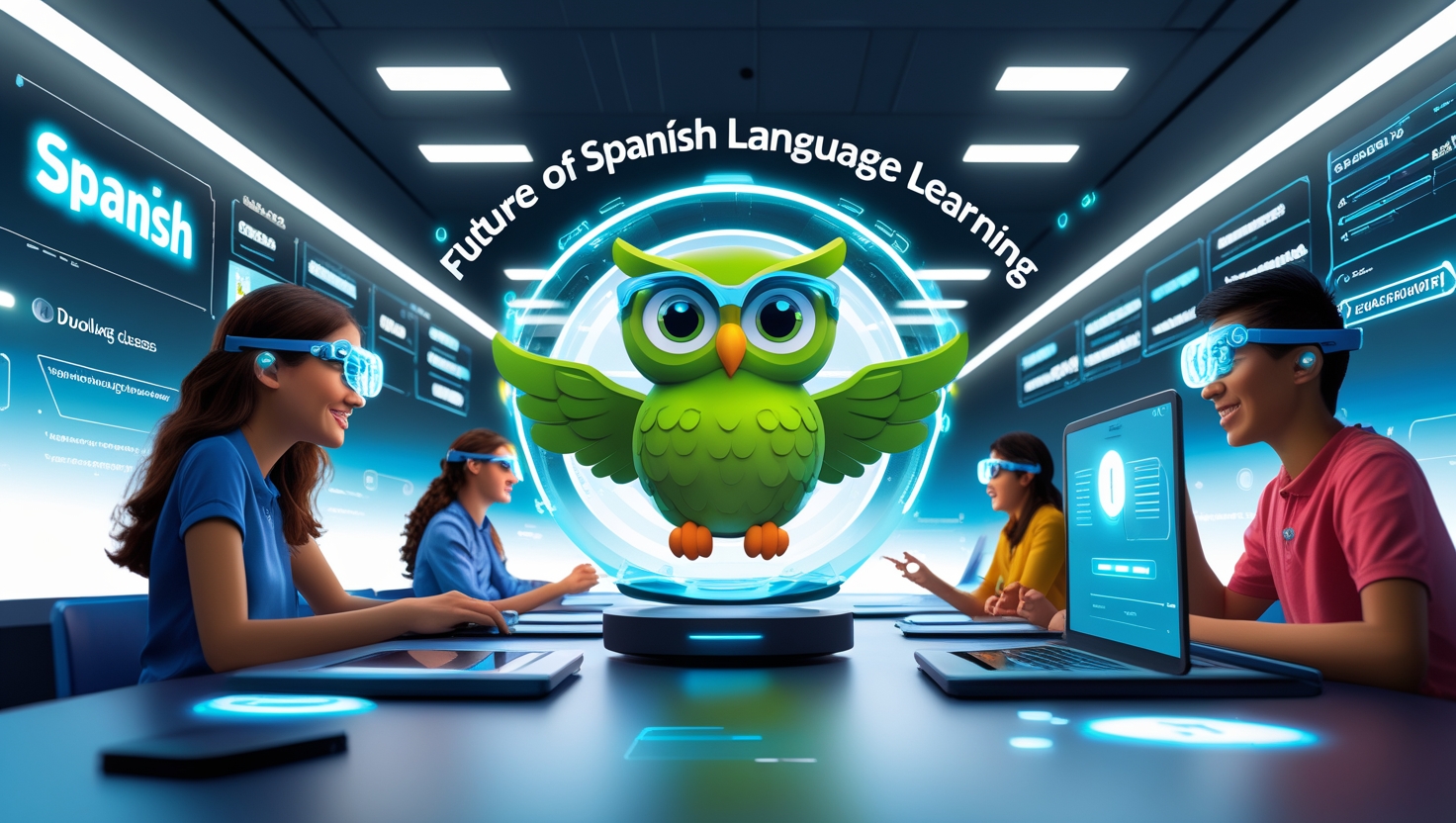
Emerging trends in language education:
- AI-powered learning tools
- Virtual reality immersion
- Personalized learning algorithms
- Real-time translation technology
- Cross-cultural connection platforms
This expanded content provides a more comprehensive view of Spanish language learning, incorporating modern technological aspects and practical applications while maintaining focus on the core objective of mastering basic greetings and phrases through Duolingo.
Frequently Asked Question
How do you say “how are you” in Spanish Duolingo?
On Duolingo, you’ll learn three main ways to say “how are you”:
- ¿Cómo estás? – informal, for friends and family
- ¿Cómo está usted? – formal, for professionals or elders
- ¿Qué tal? – casual, similar to “what’s up?”
Can you become fluent in Spanish using Duolingo?
Research shows that Duolingo alone cannot make you completely fluent. Studies indicate:
- 34 hours on Duolingo = one college semester of language learning
- Best results come from combining Duolingo with:
- Conversation practice with native speakers
- Immersion activities
- Additional learning resources
- Regular reading and listening practice
What are three ways to say “how are you?” in Spanish?
Beyond Duolingo’s basics, Spanish offers multiple expressions:
- ¿Cómo estás? (informal)
- ¿Qué tal? (casual)
- ¿Cómo te va? (informal, “how’s it going?”)
Does Duolingo actually teach good Spanish?
Research and user data indicate:
- Excellent for beginners and intermediate learners
- Strong foundation in grammar and vocabulary
- Accurate pronunciation guides
- Regular updates based on linguistic research
- Effective for basic communication skills
- Verified by Spanish language experts
What is the trick for ser vs estar?
The key distinction:
- Ser = permanent characteristics/identity (DOCTOR)
- D = Description
- O = Occupation
- C = Characteristic
- T = Time
- O = Origin
- R = Relationship
- Estar = temporary states/conditions (PLACE)
- P = Position
- L = Location
- A = Action
- C = Condition
- E = Emotion
Is “qué hay de nuevo” formal or informal?
“Qué hay de nuevo” (what’s new) is:
- Informal expression
- Commonly used among friends
- Similar to “what’s up” in English
- Not appropriate for formal situations
- Best used in casual conversations
Conclusion
Mastering “How are you” in Spanish through Duolingo provides a solid foundation for Spanish language learning. The platform’s structured approach, combined with regular practice and cultural awareness, enables learners to build confidence in their Spanish communication skills. Remember that consistent practice and real-world application are key to success in language learning.
“Language learning is a journey, not a destination. Each small step with Duolingo brings you closer to Spanish fluency.”
Start your Spanish learning journey today with these essential phrases, and watch your confidence grow with each practice session. ¡Buena suerte! (Good luck!)
Visit For More Blog’s: brieghtsvision.com

Welcome to Brieghtsvision.Com!
Your one-stop place for tips and guides to get the most out of Duolingo. Make learning a new language easier with helpful content for learners of all levels.
